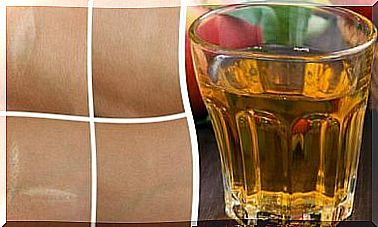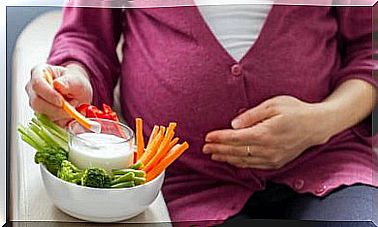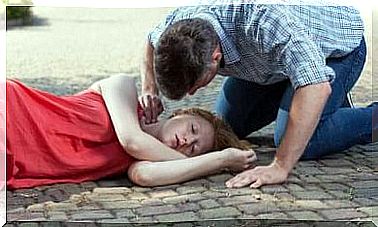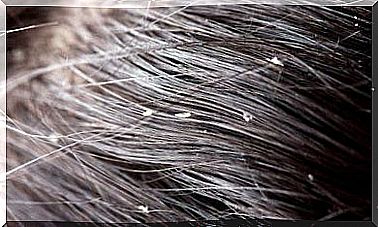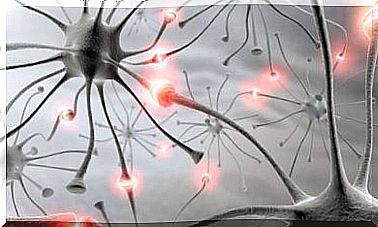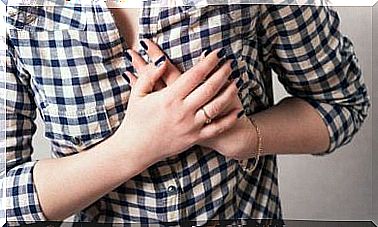Light Up Your Room With A Potato
Even though it is possible to light up spaces and get energy from potatoes, some people don’t see a a good eye for using them for purposes other than food.
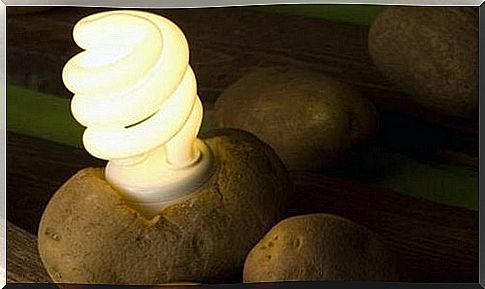
If you loved science labs at school, you’ll love this little potato experiment.
You are only going to need a potato. With a few simple tools, which you will find in all hardware stores, you will be able to make a battery. It will then become an essential part of all new ecological houses.
Researcher Haim Rabinowitch of the Hebrew University in Jerusalem, Israel, has been working for years on creating a device to extract the energy stored in potatoes.
This initiative came from its desire to help people without access to large distribution networks for electrical energy.
According to Rabinowitch, by connecting the tuber, with a few cables and screws, to an LED bulb, it is possible to produce completely ecological artificial light.
The results of this experiment are exceptional: it is indeed possible to light a room for 40 days using a single potato.
How to brighten up your bedroom with a potato
What do you need ?
- 2 small potatoes (cooked for 8 minutes)
- 3 copper cables
- 2 wire or 2 copper rods
- 2 zinc rods or 2 nails
- 1 small 1.5 V bulb
How to make your lamp?
- Take a first copper cable. Wrap each of its ends around a wire (or a copper rod) and a zinc rod (or a nail). Plant each of the two stems in a different potato.
- Then plant a wire (or a copper rod) in one of the two potatoes. Wrap one end of a copper cable around the wire and leave the other end free.
- Do the same with your last zinc rod (or your last nail), making sure to stick it in the other potato.
- Each potato must therefore have two stems: one in zinc and one in copper.
- Connect the ends of the copper cables left free to your bulb, being careful not to touch the copper.
- And There you go ! You can light up your room.
How does it work?
The potato does not produce electricity by itself, but it does contain ascorbic acid. This component, when brought into contact with copper and zinc, will generate a transfer of electrons from one part of the cable to another. Because it is a formidable conductor of energy.
This phenomenon is known as the “redox reaction” and has the ability to operate various electrical devices.
A little history
According to Haim Rabinowitch, although potatoes were the first food to be used in schools to teach science to children, no one had yet done a serious study on the use of this tuber as a source of energy.
Renowned scientists, like Alessandro Volta or Luigi Galvani, were already using amazing methods, in 1780, to generate energy, with different methods:
- Paper dipped in salt water.
- Metal plates and earth, or a bucket or bowl of water, to create batteries.
The mystery of the potato
If this experience has shown how useful the potato can be, why is its use not being generalized?
According to Rabinowitch, this is due to a lack of research and dissemination of information. Because we could use potatoes on a massive scale to produce large amounts of energy. Particularly in regions of the world which do not have easy access to efficient electricity networks.
However, many people speak out against all methods of producing energy from food.
As with biodiesel, it is the famine that prevails in some parts of the world that is the basis of a critical argument for using food for energy.
Further information:
Statistics tell us that we currently produce 360 million tonnes of potatoes per year. It is an easy to store and durable product with a really low cost of production.
It is precisely for financial reasons that the development of this technology may appear economically viable in regions affected by extreme poverty.
Indeed, the manufacture of zinc and copper rods is less expensive than that of kerosene or oil lamps. However, one problem remains: many people are reluctant to use food to light up their homes.
